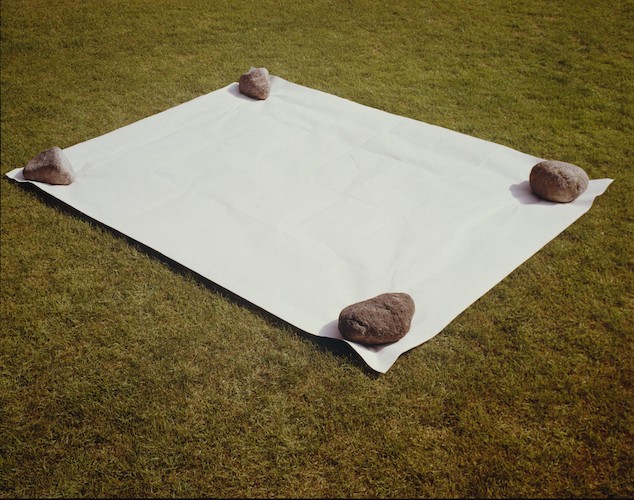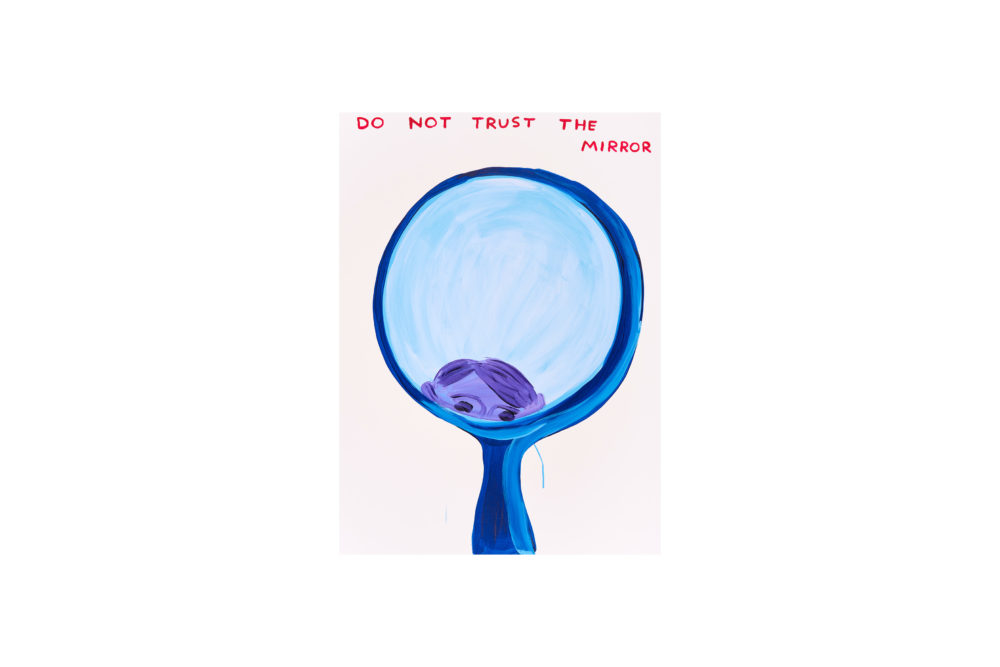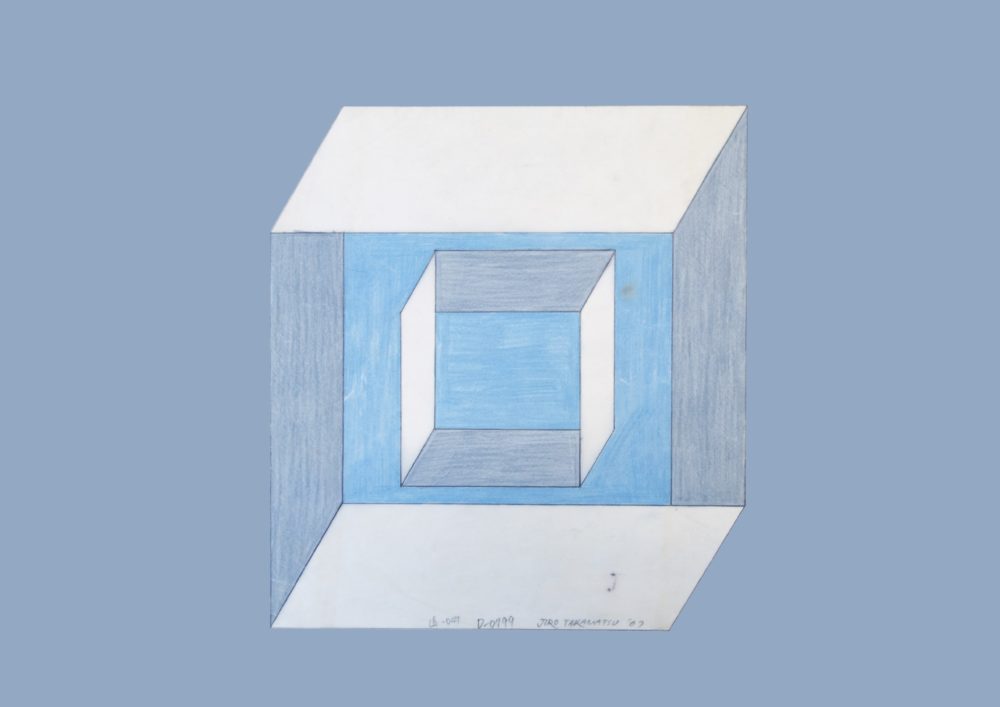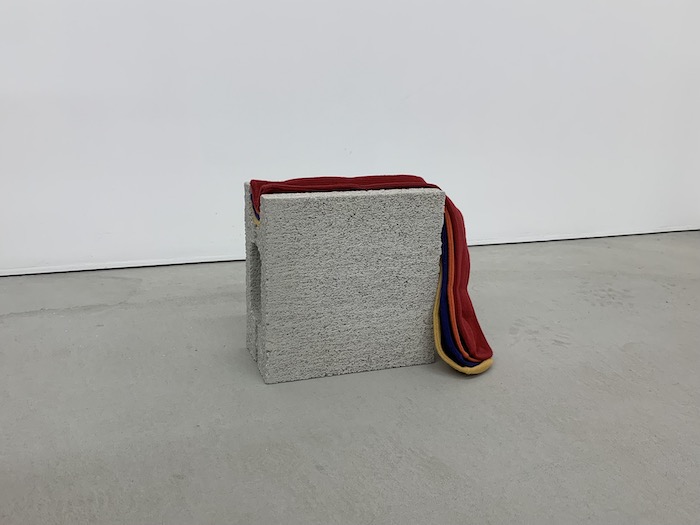Exhibitions
北井 一夫 「フナバシストーリー」
Kazuo Kitai “Funabashi Story – Kazuo Kitai”
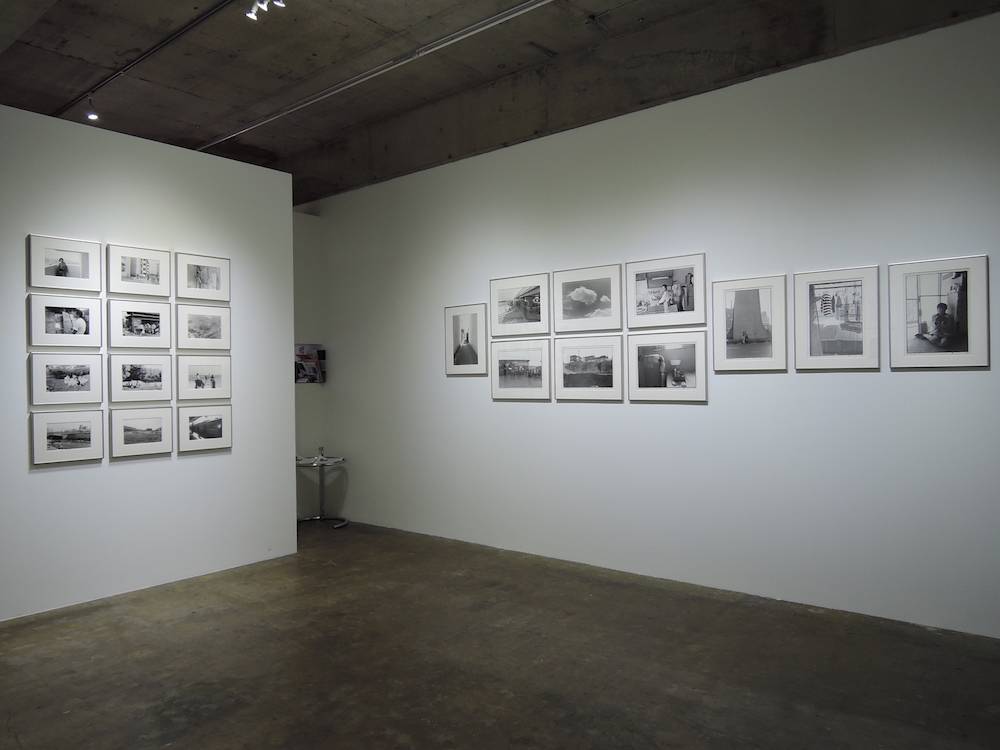
2018 年5月25日(金)より、Yumiko Chiba Associates viewing room shinjuku にて、北井一夫個展「フナバシストーリー」を開催いたします。
1960年代、北井は横須賀の原子力潜水艦寄港反対闘争をテーマにした「抵抗」や、大学民主化を要求する学生運動を撮影した「過激派・バリケード」等の刺激的な作品を制作、70年代に入ると、日本の経済成長と共に急速に失われていく農村社会の営みを捉えたシリーズ「村へ」、「いつか見た風景」を発表する等、その眼差しは常に時代と向き合ってきました。
そして80年代、バブルに向かいつつあった日本社会の中で、北井の関心は団地や新興住宅地で暮らす人々の生活に移ります。
「フナバシストーリー」は、1980年代に人口が急増した千葉県船橋市の行政から北井が“生活する人たちと町の写真を撮ってほしい”と依頼されたことから始まりました。
当時、船橋市は、東京郊外のベットタウンとして団地や新興住宅地の建設が進み、住民の8割は新住民(大都市近郊に移住をした住民)であると言われていました。新婚で入居し、子育てをし、子供が大きくなると手狭になり引っ越しをしていく。同じ建物が均等かつ無機質に並ぶ区画整理された集合住宅の中で淡々と繰り返されるこうしたサイクルは、より大きな成長を促していきます。しかしながら、それまで自分たちが置かれていた速度とは違う速さで物事が動いていく様に、人々は表面的には発展を喜びながらも戸惑いを覚えていたのではないでしょうか。北井は、その中で営まれる個々の生活に目を向け、丹念に取材と撮影を重ね、その場所や人々の持つ明るい光を切り出しました。
生活の場は、村が「暗」であったのに対して、団地は大きな窓から室内に光がたくさん入る「明」であった。物や人の存在感も村が「重」であったのに対して、団地は軽くて宙に浮いたような存在感で、すべてが反対側を向いた在りようを示しているのだった。
*北井一夫「写真家の記憶の抽斗」より抜粋
北井本人が語るように、変遷していく時代の流れを敏感に感じ取り、そしてそれを実直且つ丁寧に撮影することで垣間見られる日常の光景こそが、「フナバシストーリー」なのです。
尚、展覧会のオープニングに合わせ、写真家の鷹野隆大氏をゲストに迎えトークイベントを開催致します。この機会に是非ご参加ください。
-----
Yumiko Chiba Associates viewing room shinjuku is pleased to present Funabashi Story, a solo show of Kazuo Kitai from Friday, May 25.
In the 1960s, Kazuo Kitai worked on a photographic series titled Resistance which took as its subject the people’s protest against the stopping of the US’s nuclear powered submarines at the port of Yokosuka, as well as other works that were as inspiring including the series titled Agitators and Barricade that photographed the students’ movement which demanded the democratization of universities. In the 1970s, he captured with his camera the daily activities in agricultural communities that were in a rapid process of disappearance amidst the growth of Japanese economy in the photographic collection titled To the Villages and Somehow Familiar Places; his gaze was thus always casted upon the ongoing time in which he lived. In the 80s, when Japanese society was heading towards a bubble economy, Kitai shifted his interest upon the life of people living in apartment complex and newly developed residential area in the suburbs.
The project for Funabashi Story started when the city of Funabashi in Chiba prefecture, whose population rapidly expanded in the 1980s, asked the photographer to take pictures of the people living there and its town landscapes. Back then, Funabashi was going through the constructions of apartment complex and newly developed residential area to cater to its function as ‘bed town’ of Tokyo, and the eighty percent of the population consisted of so-called new residents (people who have moved into the suburb of a large city). They move into their houses as newly-weds, raise their children, and move to larger houses when the children get older. Such cycle of events that is calmly repeated within the domain of apartment complex where the buildings of identical size are ordered inorganically and uniformly in their adjusted city lots encourages further growth. However, despite a superficial joy that people felt of the fast speed that they have not before experienced which got things around them go swiftly, it is quite possible that they were quite startled by it. Kitai looked at the lives of the individuals from the area and carefully repeated the research and shooting to abstract the brightness that the place and the people there possessed.
“Speaking of the places of daily life, whereas those in villages were in ‘darkness,’ those in apartment complex were in the ‘light’ that was introduced through large windows into the room. In terms of objects and people’s existence, those in villages had ‘weight’ whereas those in apartment complex had the air of light, floating being; the two were pointing towards opposite directions in every aspect.”
Quoted from Pictures from My Cabinet of Memories by Kazuo Kitai

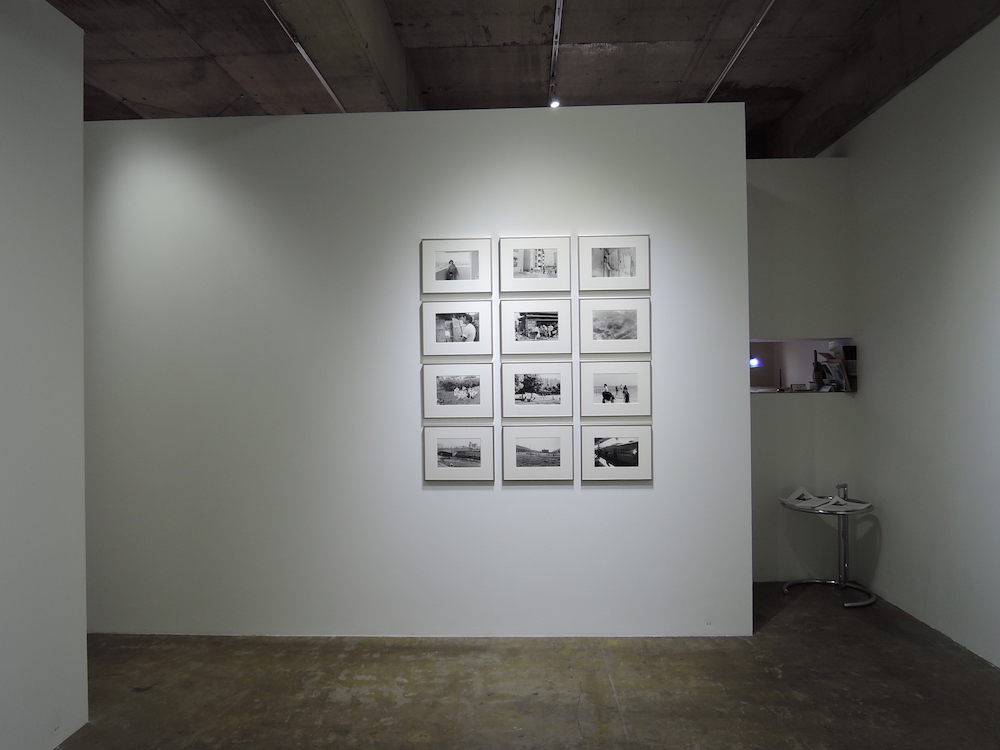
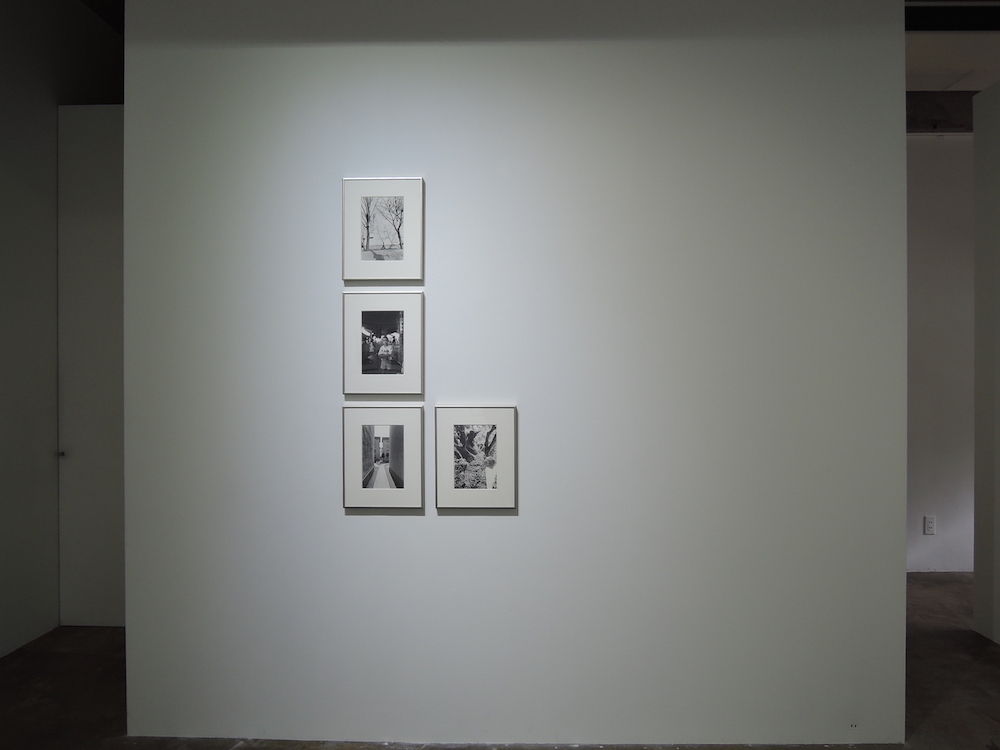
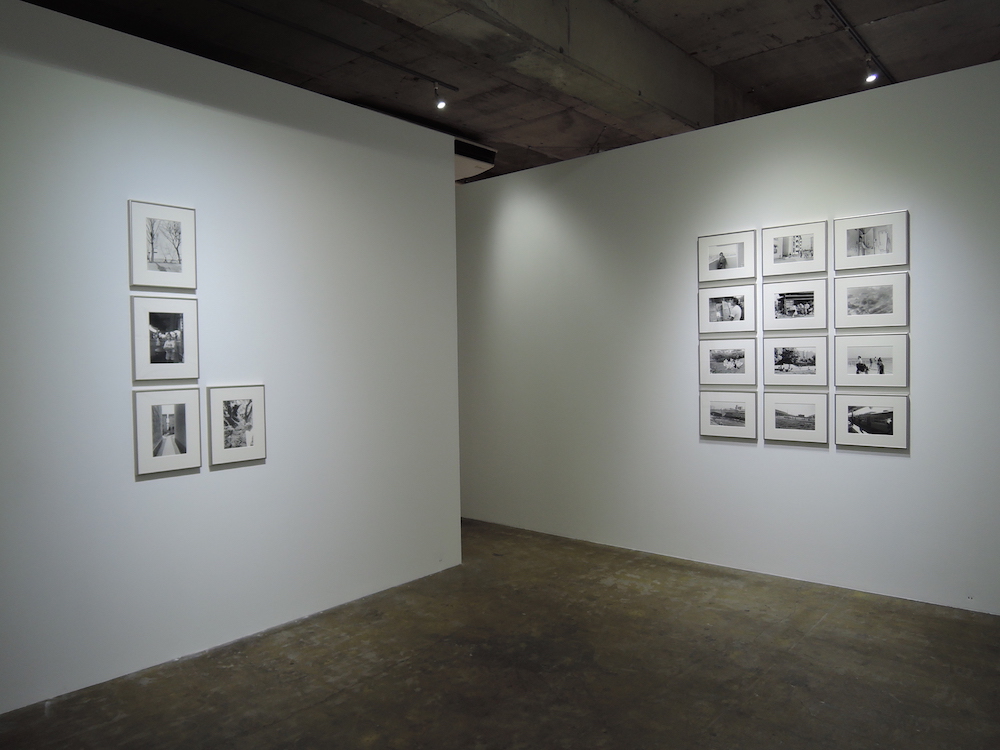
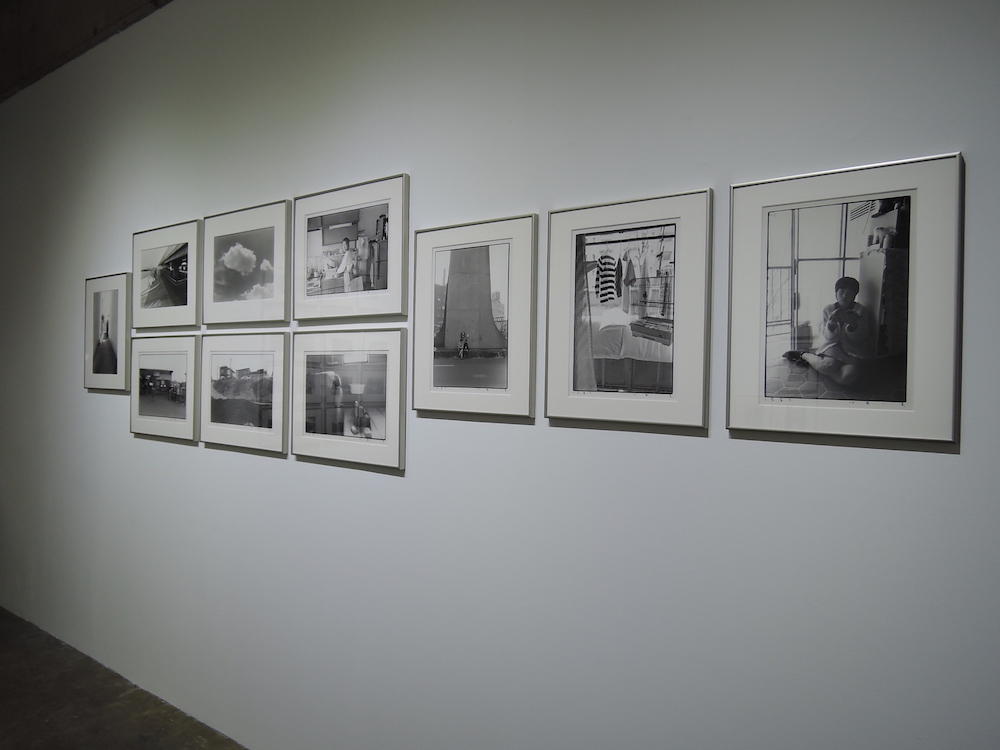
Past Exhibitions

